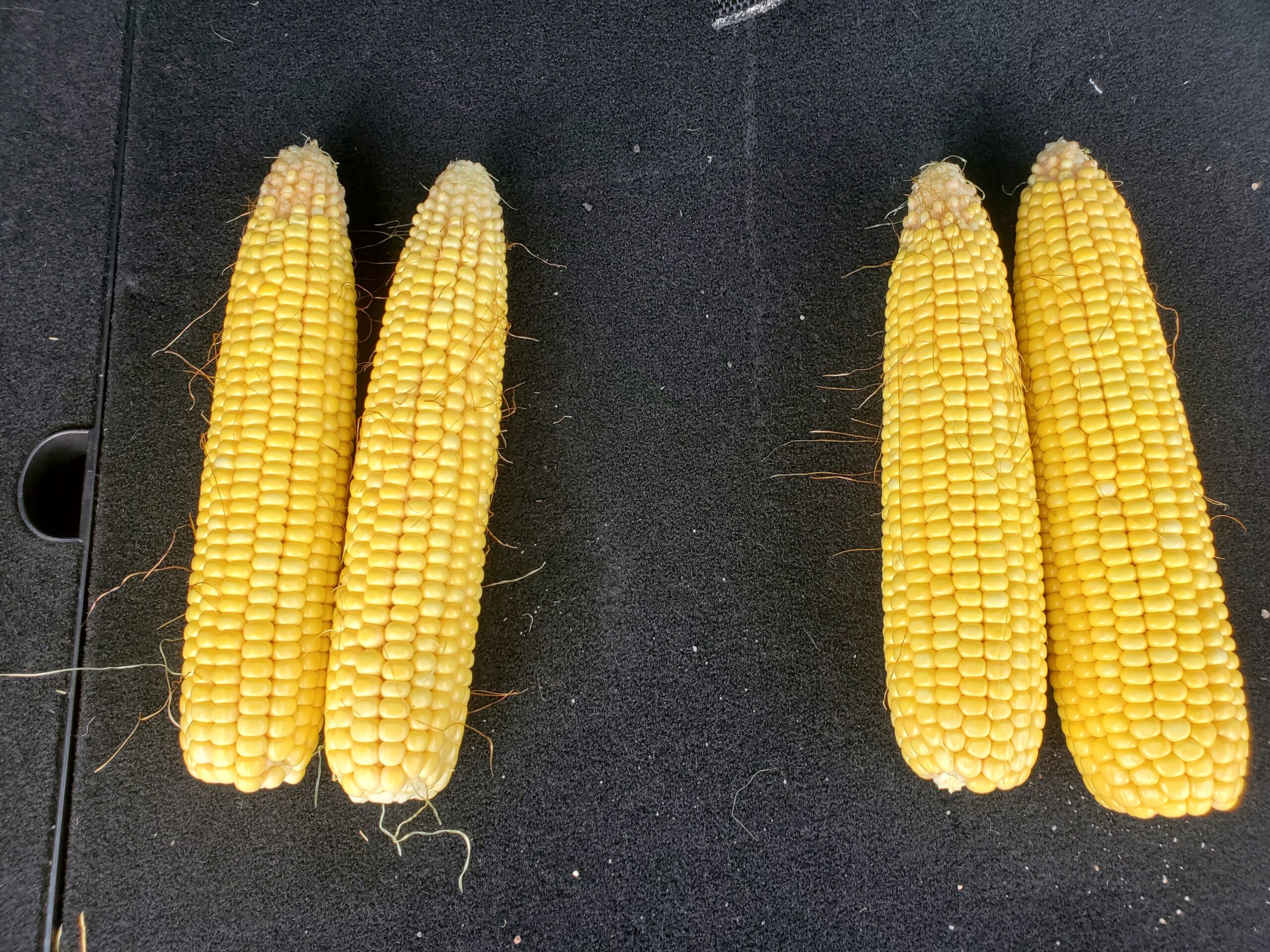
By Steve Richter, The Nature Conservancy and Spencer Anderson, WWCC member
Since the beginning of growing food to supplement the food harvested from hunting wild game, there has been a need to rejuvenate soil. In the tropical areas of our world, such as the Amazon, people intentionally created biochar, by burning plant residue. People in other parts of the world use manure produced by their domestic sheep, cattle or goats. In December 2021, Western Wisconsin Conservation Council members learned about the University of Wisconsin-River Falls faculty doing research on the importance of biochar and manure compost. Past ideas are coming full circle.
In 2022 WWCC farmers tried a few new products to enhance their fields called soil biological additives. Different biologicals work in different ways, but all seek to enable plants to gather and utilize nitrogen more efficiently. This leads to boosting yield, reducing the amount of nitrogen fertilizer required and improving soil health.
Last year, a WWCC member, Spencer Anderson coordinated a field trial program for members to try some of these new products. The hope for the program was to offer WWCC members a chance to try something new and to have observations shared among the group. This program is just the latest example of how WWCC members are participating in field trials or research. It is one of the strengths of the WWCC farmer-led group. WWCC has stressed the importance of sharing observations from its start five years ago.
How did the soil biological additive field trials work?
Seven WWCC members volunteered two 10-acre sections of a crop field where the farmer would plant normally but have the biological additive applied to one of the two sections. Participants would be given an Envita or Source corn biological additive product. In addition to receiving sufficient biological additives for their ten acres, participating members received a stipend after submitting their post-harvest report, thanks to a special grant from the Wisconsin Chapter of The Nature Conservancy.
What did the seven WWCC farmers in the trials learn and their recommendations?
The products were easy to use. Tank mix partnered with herbicides and fungicides. The two products were applied with foliar application. They weren’t side-dressed to the crop in June as one farmer did with fertilizer. Farmers were asked to provide yield information between the treatment and the untreated field. Five farmers showed a slight yield boost through a yield monitor or in the tons of corn silage.
A recommendation to WWCC members, continue to try these kinds of products and have a goal of the trial to include strips/sections of a field where the additive is used to reduce nitrate fertilizer or manure application. This kind of field trial is more in line with the goals of WWCC. Given the unknowns with these biological additive products, establishing a research project replicating with help from partners in the agriculture sector and UW River Falls and UW-Extension might be warranted for 2024.
